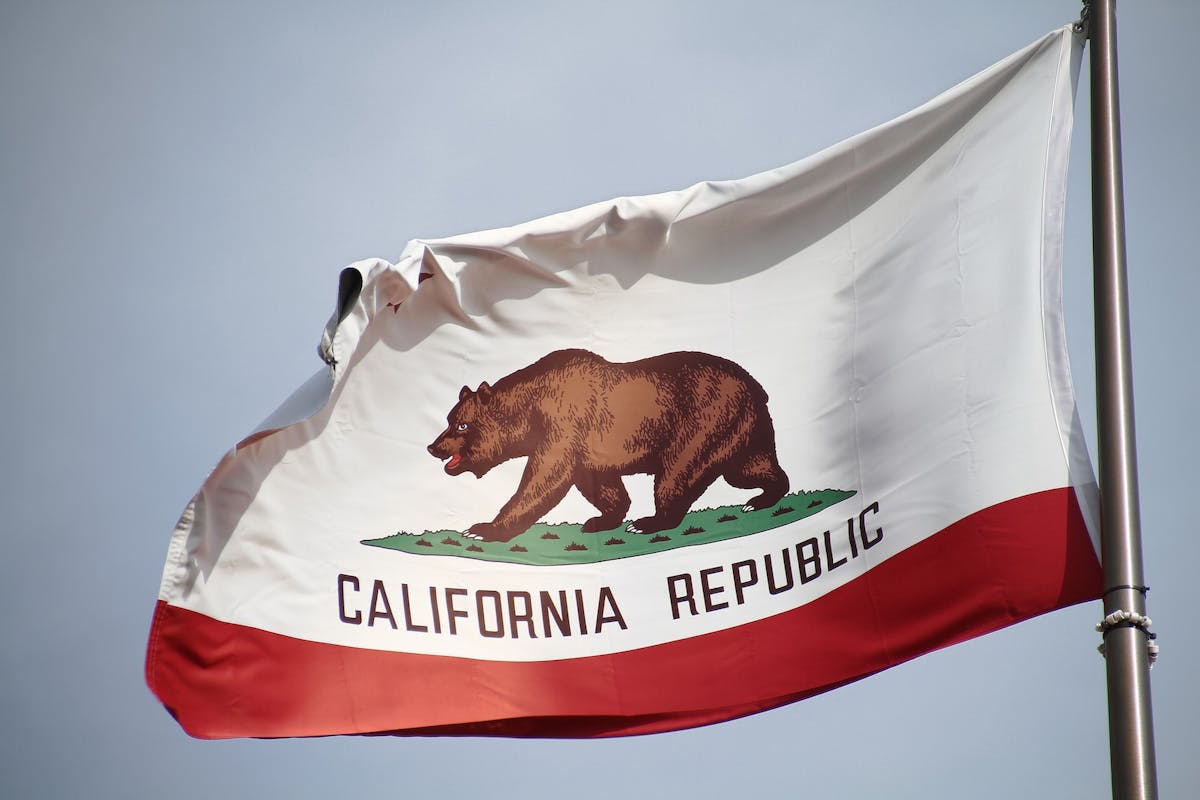2024 declared Year of the California Grizzly Bear
This year marks a somber milestone for California's biodiversity—the 100th anniversary of the last known sighting of a grizzly bear (Ursus arctos horribilis) in the wild in the state. In recognition of this significant loss, the California State Senate has unanimously passed a resolution declaring 2024 the "Year of the California Grizzly Bear."
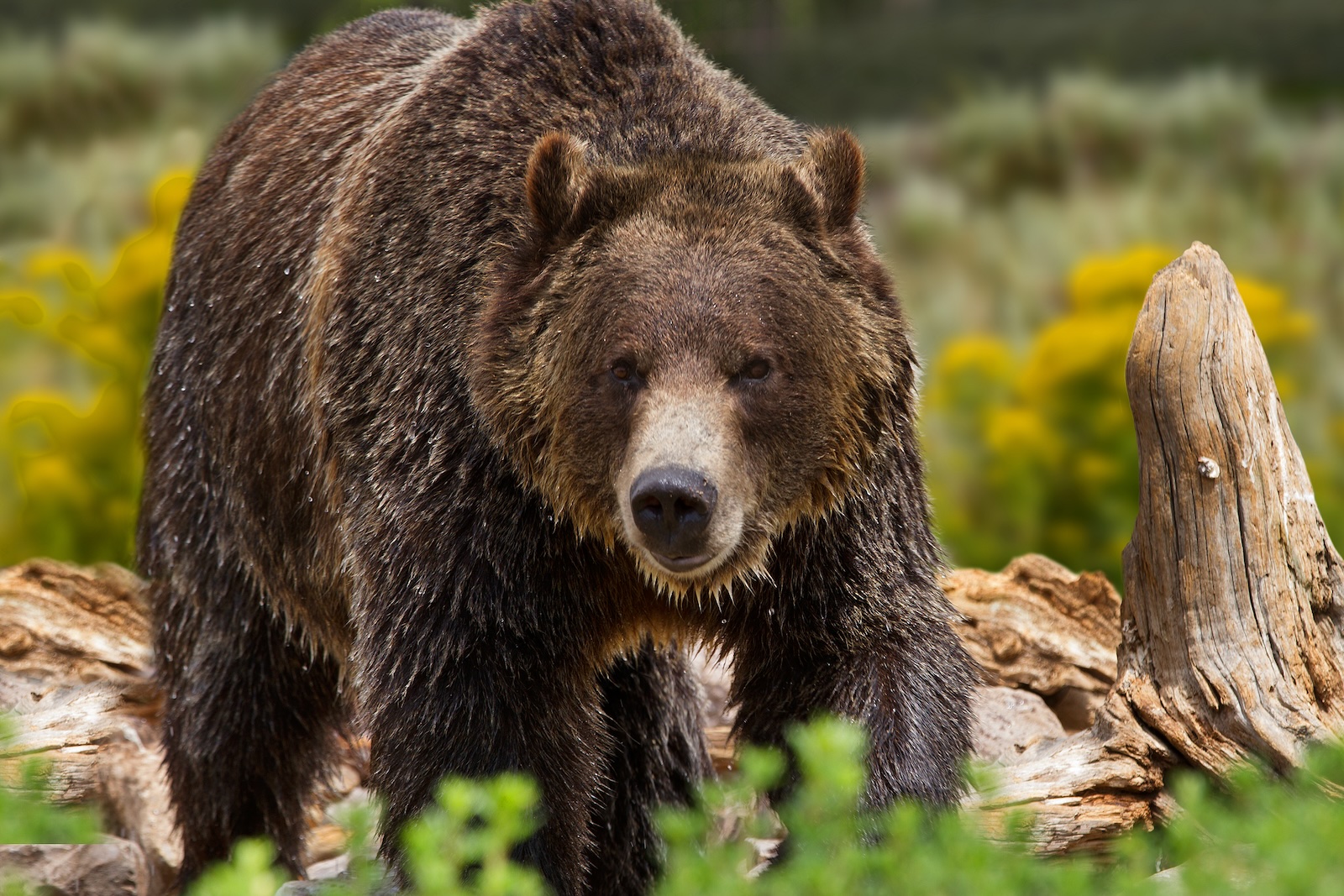
Large grizzly bear (Ursus arctos horribilis) in Yellowstone National Park. Image credit: ID 82511141 © Vividpixels | Dreamstime.com
The grizzly's iconic status
Once abundant, with an estimated population of 10,000 at the time of European settlement, the grizzly bear held immense ecological and cultural significance in California. Its image adorns the state's flag and seal, a testament to its iconic status. However, widespread persecution led to the demise of this magnificent species within California's borders, with the last credible sighting occurring in Sequoia National Park in the spring of 1924.
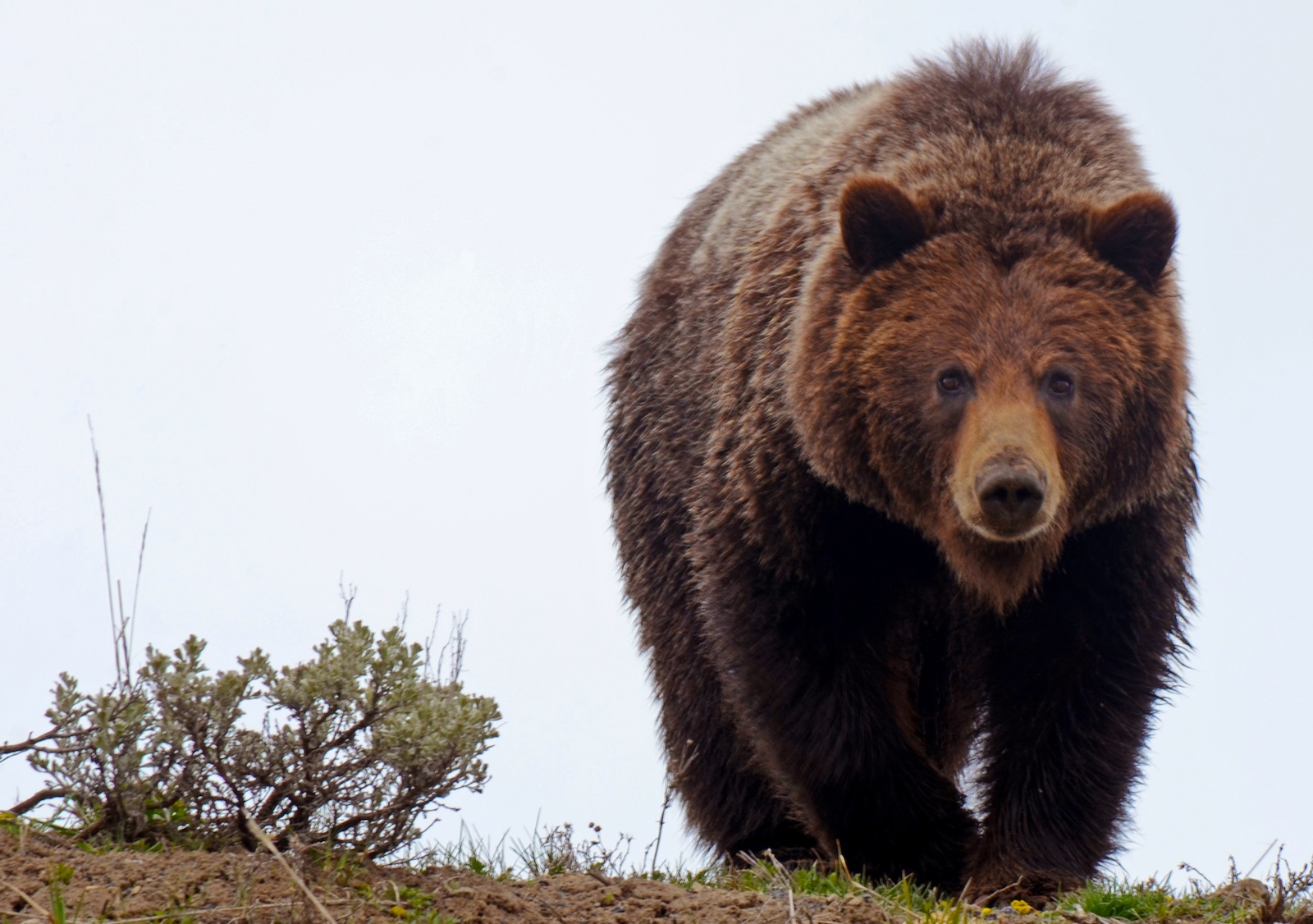
A young grizzly bear fresh out of hibernation. Image credit: © J3nnisme | Dreamstime
Raising awareness and promoting conservation
Senate Resolution 75, sponsored by the California Grizzly Alliance, aims to raise public awareness about the cost of losing grizzly bears and other elements of California's unique biodiversity. While it does not explicitly call for the reintroduction of the bear, the resolution encourages Californians to observe this year by promoting the conservation and restoration of the state's wildlife through activities, events, and educational programs.
Support from Native American tribes and conservation groups
The resolution has garnered support from various Native American tribes across the state, including the Yurok Tribe, Tule River Tribe, and Tejon Tribe, who have coexisted with grizzly bears for thousands of years and consider them a culturally revered relative.
On this year's 100th anniversary of the last credible sighting of a grizzly bear in California, I think it's important for people to understand that it's not just a picture on a flag, it's not just an animal that was here. It was something that was revered culturally by people up and down the state. It was an integral piece of the biodiversity of regions that they populated. – Tejon Tribe Chairman Octavio Escobedo
The resolution has also received support from more than three dozen conservation groups, land trusts, museums, and companies, including Patagonia and the California Academy of Sciences.
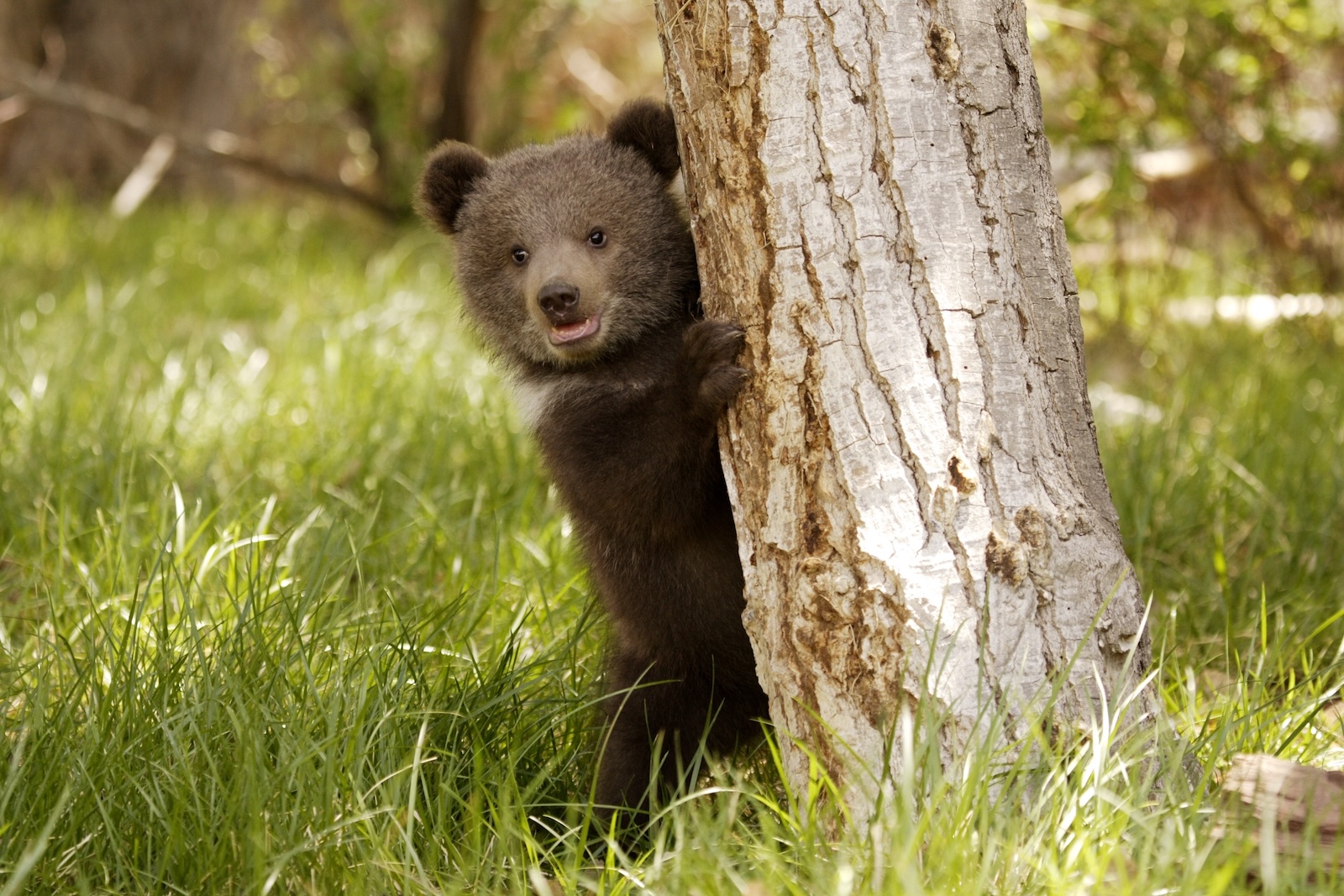
Potential for rewilding
Recent research into the genetics, diet, and habitat use of California grizzlies has increased scientists' understanding of the bear's role in the state's ecosystems. Peter Alagona, a professor of environmental studies at the University of California, Santa Barbara, and author of several studies on the California grizzly, stated, "The California grizzly was not the beast of legend. It was a typical brown bear: average size, mostly vegetarian and genetically indistinguishable from grizzlies living today in Montana and Wyoming. There is no biological reason why we couldn't bring them back."
While the resolution does not explicitly call for reintroduction, it raises the possibility of restoring the grizzly bear to its former range in California, where suitable habitat still exists.
As California observes the "Year of the California Grizzly Bear," the state has an opportunity to reflect on its rich biodiversity and take meaningful steps toward protecting and restoring its native species and habitats.
Explore Earth's BioregionsYou might also like
-
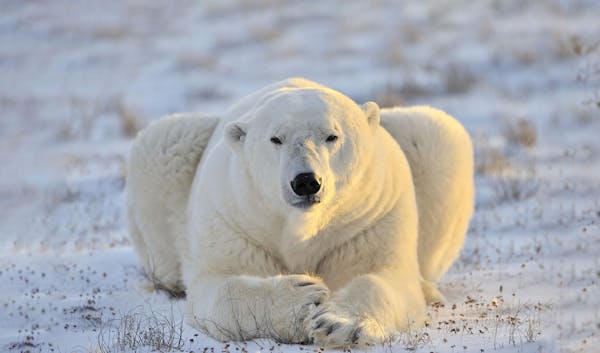
Why polar bears need sea ice to survive life in the Arctic
How the largest land carnivore’s diet is filled with some of the smallest aquatic organisms, embodying the delicate interconnectedness of life in the North.
-
%20shutterstock_136124996.jpg?auto=compress%2Cformat&h=600&w=600)
Six global success stories on how rewilding key species can rebalance ecosystems
From beavers in the UK to bison in the Great Plains, here are six stories that demonstrate the power of rewilding in restoring the health of ecosystems around the world.
